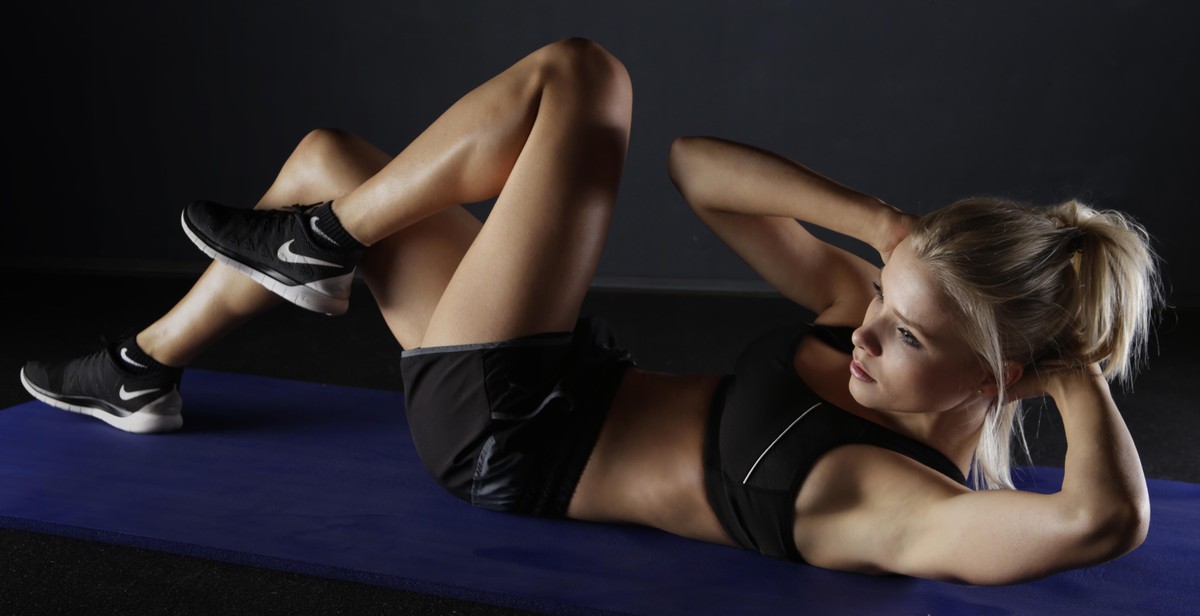How to Choose the Right Running Shoes for Your Foot Type
Running is a great form of exercise for people of all ages and abilities. Not only does it help to improve cardiovascular health, but it can also reduce stress and anxiety levels. However, choosing the right running shoes is essential to prevent injury and ensure maximum comfort during your runs.
Why Choosing the Right Running Shoes is Important
Wearing the wrong type of running shoes can lead to a range of problems, including blisters, shin splints, plantar fasciitis, and even stress fractures. This is because different foot types require different levels of support and cushioning to help absorb shock and prevent injury.
There are three main types of foot: neutral, overpronated, and underpronated. Neutral feet have a natural arch and can wear most types of running shoes. Overpronated feet roll inward too much, while underpronated feet roll outward too much. These foot types require shoes with specific support and cushioning features to help correct their gait and reduce the risk of injury.
In this article, we will discuss how to identify your foot type and choose the right running shoes to suit your needs.

Understanding Your Foot Type
Choosing the right running shoes begins with understanding your foot type. Two important factors to consider are foot pronation and foot arch.
Foot Pronation
Foot pronation refers to the way your foot rolls inward when you walk or run. There are three types of foot pronation:
- Neutral Pronation: If you have neutral pronation, your foot lands on the outside of the heel and rolls slightly inward to absorb shock.
- Overpronation: If you have overpronation, your foot rolls inward too much, which can cause excessive stress on your feet and legs. This can lead to injuries such as shin splints and plantar fasciitis.
- Underpronation: If you have underpronation, your foot rolls outward too much, which can also cause stress on your feet and legs. This can lead to injuries such as ankle sprains and stress fractures.
To determine your foot pronation, you can perform a simple test by looking at the wear pattern on the soles of your old shoes. If the wear is primarily on the inside edge of the sole, you have overpronation. If the wear is primarily on the outside edge of the sole, you have underpronation. If the wear is evenly distributed, you have neutral pronation.
Foot Arch
Your foot arch also plays a role in determining the right running shoes for you. There are three types of foot arch:
- High Arch: If you have a high arch, your foot may not absorb shock as well as it should, which can lead to injuries such as stress fractures and shin splints.
- Normal Arch: If you have a normal arch, your foot should absorb shock properly and evenly distribute your weight.
- Flat Arch: If you have a flat arch, your foot may overpronate, which can lead to injuries such as plantar fasciitis and Achilles tendonitis.
You can determine your foot arch by performing the “wet test.” Wet the bottom of your foot and step onto a piece of paper or cardboard. Look at the shape of your footprint to determine your foot arch.
| Foot Arch | Footprint |
|---|---|
| High Arch | Narrow footprint with a high arch |
| Normal Arch | Footprint with a slight curve inward |
| Flat Arch | Wide footprint with little to no curve inward |
Understanding your foot pronation and foot arch can help you choose the right running shoes that provide the right amount of support and cushioning for your feet.

Choosing the Right Running Shoes
Understanding Your Foot Type
Before you can choose the right running shoes, it is important to understand your foot type. There are three main types of feet: flat feet, neutral feet, and high arches. Flat feet have little to no arch, neutral feet have a moderate arch, and high arches have a very noticeable arch.
To determine your foot type, you can do a simple wet test. Wet your feet and step on a piece of paper. If you see a complete imprint of your foot, you have flat feet. If you see a curve on the inside of your foot, you have neutral feet. If you see a narrow curve or no curve at all on the inside of your foot, you have high arches.
Types of Running Shoes
Once you know your foot type, you can choose the right running shoes. There are three main types of running shoes: neutral cushioned shoes, stability shoes, and motion control shoes.
| Shoe Type | Foot Type | Description |
|---|---|---|
| Neutral Cushioned Shoes | Neutral Feet/High Arches | These shoes provide cushioning and support for runners with neutral feet or high arches. They are designed to absorb shock and provide a comfortable ride. |
| Stability Shoes | Flat Feet/Neutral Feet | These shoes are designed for runners with flat feet or neutral feet who need more support. They have a firmer midsole to help control overpronation and provide stability. |
| Motion Control Shoes | Flat Feet | These shoes are designed for runners with flat feet who overpronate severely. They have a very firm midsole and extra support features to control excessive inward rolling of the foot. |
Choosing the Right Size
Once you have chosen the right type of running shoe for your foot type, it is important to make sure you get the right size. Your running shoes should fit snugly but not be too tight. You should have about a thumb’s width of space between your longest toe and the end of the shoe.
It is also important to try on running shoes later in the day when your feet are at their largest. This will ensure that you get the most accurate fit.
Conclusion
Choosing the right running shoes is essential for preventing injury and ensuring a comfortable run. By understanding your foot type and choosing the right type of running shoe, you can enjoy a successful and injury-free running experience.

Fitting Your Running Shoes
Choosing the right size and width of your running shoes is crucial to prevent injuries and ensure maximum comfort. Here are some tips on how to make sure your running shoes fit properly:
Size and Width
First and foremost, make sure you know your correct shoe size and width. This may vary depending on the brand and style of the shoe, so it’s always a good idea to measure both feet and try on different sizes and widths before making a purchase. Your running shoes should fit snugly but not be too tight or too loose.
A common mistake many runners make is buying shoes that are too small. Running shoes should have about a thumb’s width of space between the end of your longest toe and the front of the shoe. This allows for natural foot swelling and movement during exercise.
Additionally, make sure to consider the width of your foot. Some running shoes come in different widths, such as narrow, regular, and wide. If you have wider feet, it’s important to choose a shoe that fits comfortably without squeezing your toes or causing discomfort.
Try Them On
When trying on running shoes, it’s important to wear the same type of socks you plan to wear while running. This will give you a better idea of how the shoes will fit during exercise.
Walk around the store in the shoes to get a feel for the fit and comfort level. Try running or jogging in them if the store permits it. Pay attention to any areas of discomfort or pressure points.
It’s also important to consider any special needs or preferences you may have, such as arch support or cushioning. Some running shoes come with additional features to cater to these needs.
Conclusion
Overall, fitting your running shoes properly is essential for a comfortable and safe running experience. Take the time to measure your feet, try on different sizes and widths, and consider any special needs or preferences. With the right fit, you can enjoy running without worrying about discomfort or injury.

Conclusion
Choosing the right running shoes for your foot type is crucial in preventing injuries and enhancing your performance. Running shoes are not just a fashion statement, they are essential equipment that can make or break your running experience.
Investing in a good pair of running shoes is investing in your health. The right shoes will provide support and cushioning, which will reduce the impact on your joints and muscles. This will not only prevent injuries but also improve your overall running experience.
When choosing running shoes, consider your foot type, the terrain you will be running on, and the distance you will be covering. Take the time to try on different shoes and walk around to see how they feel. Don’t be afraid to ask for help from a professional, such as a running store employee or a podiatrist.
Remember that running shoes have a lifespan and should be replaced every 300-500 miles. Worn-out shoes can cause injuries and discomfort, so it’s important to keep track of how long you’ve had your shoes and when it’s time to replace them.
By following these tips, you can choose the right running shoes for your foot type and enjoy a safe and enjoyable running experience. Happy running!
